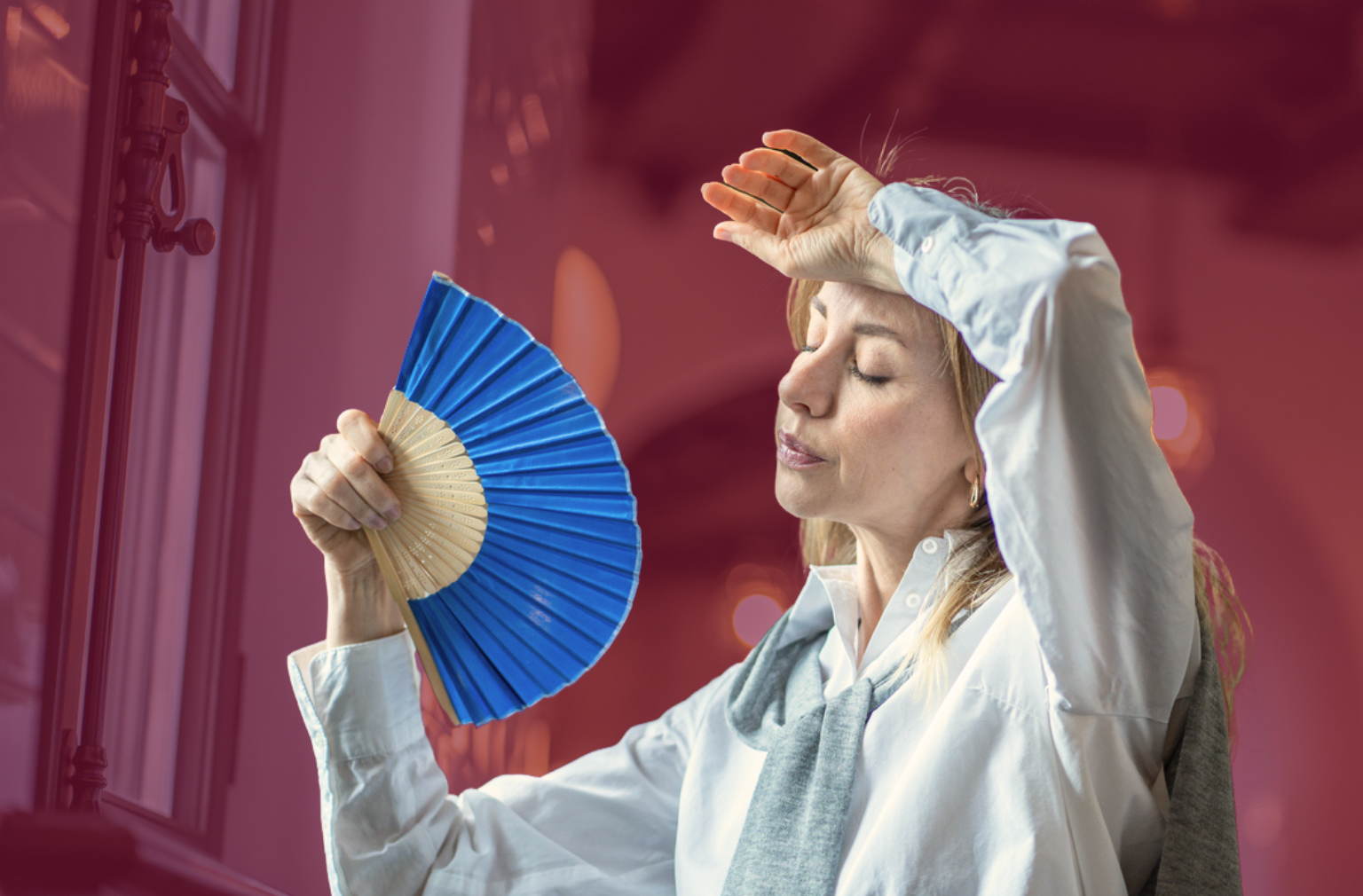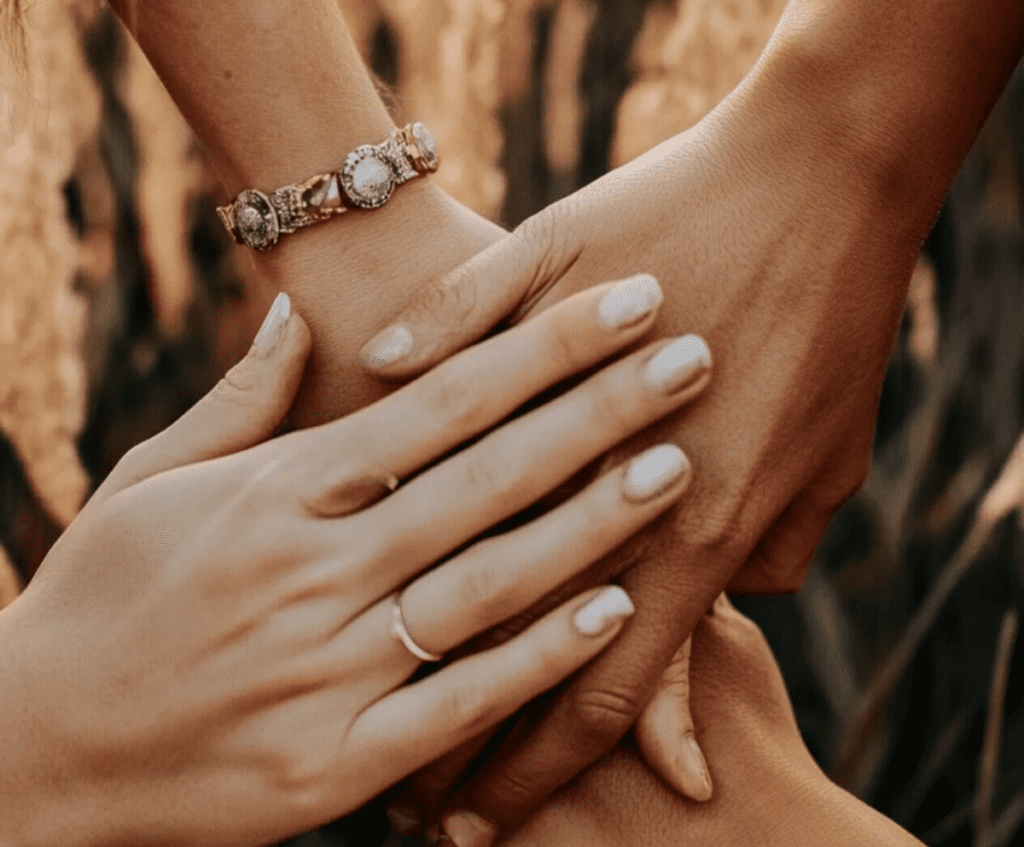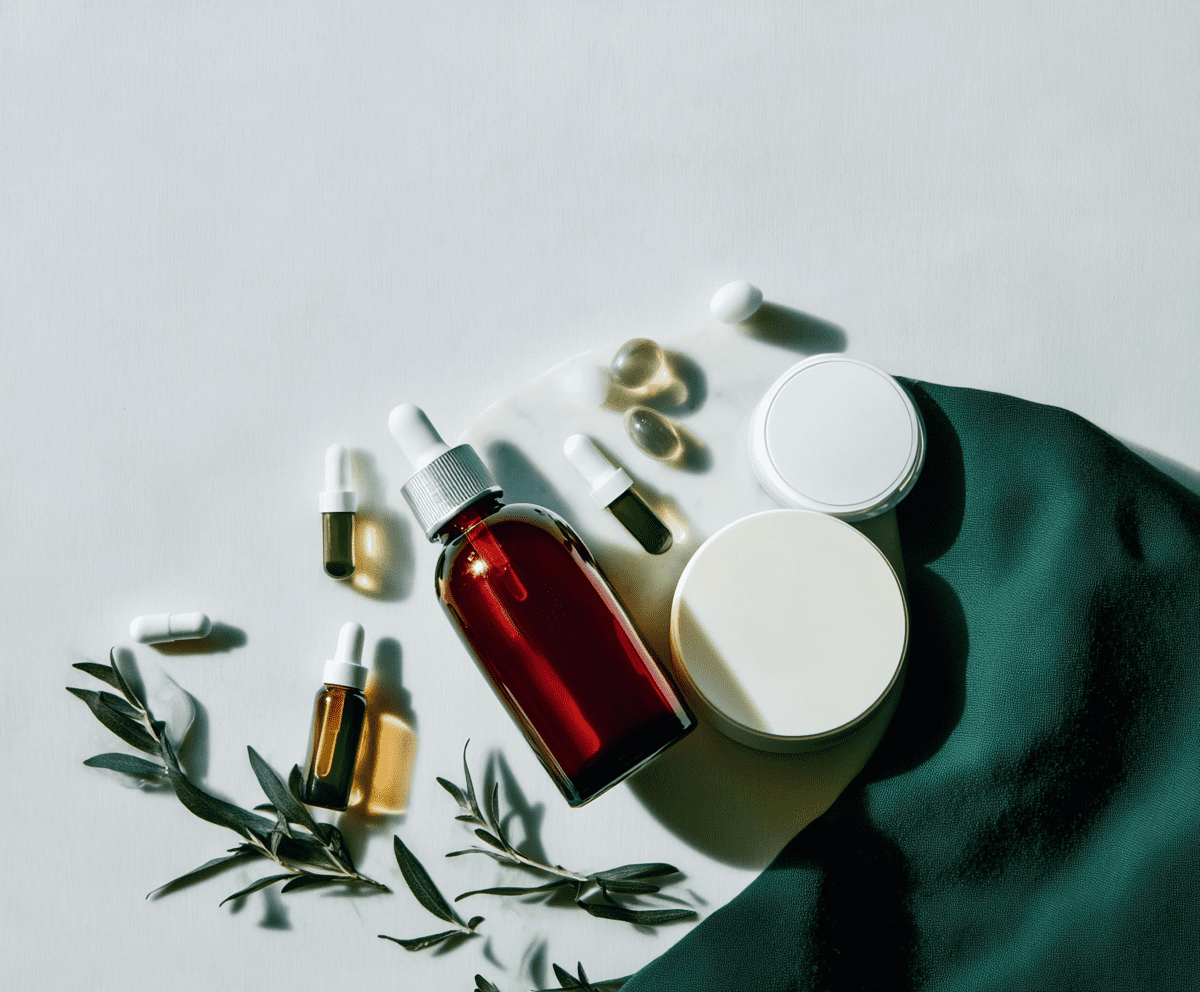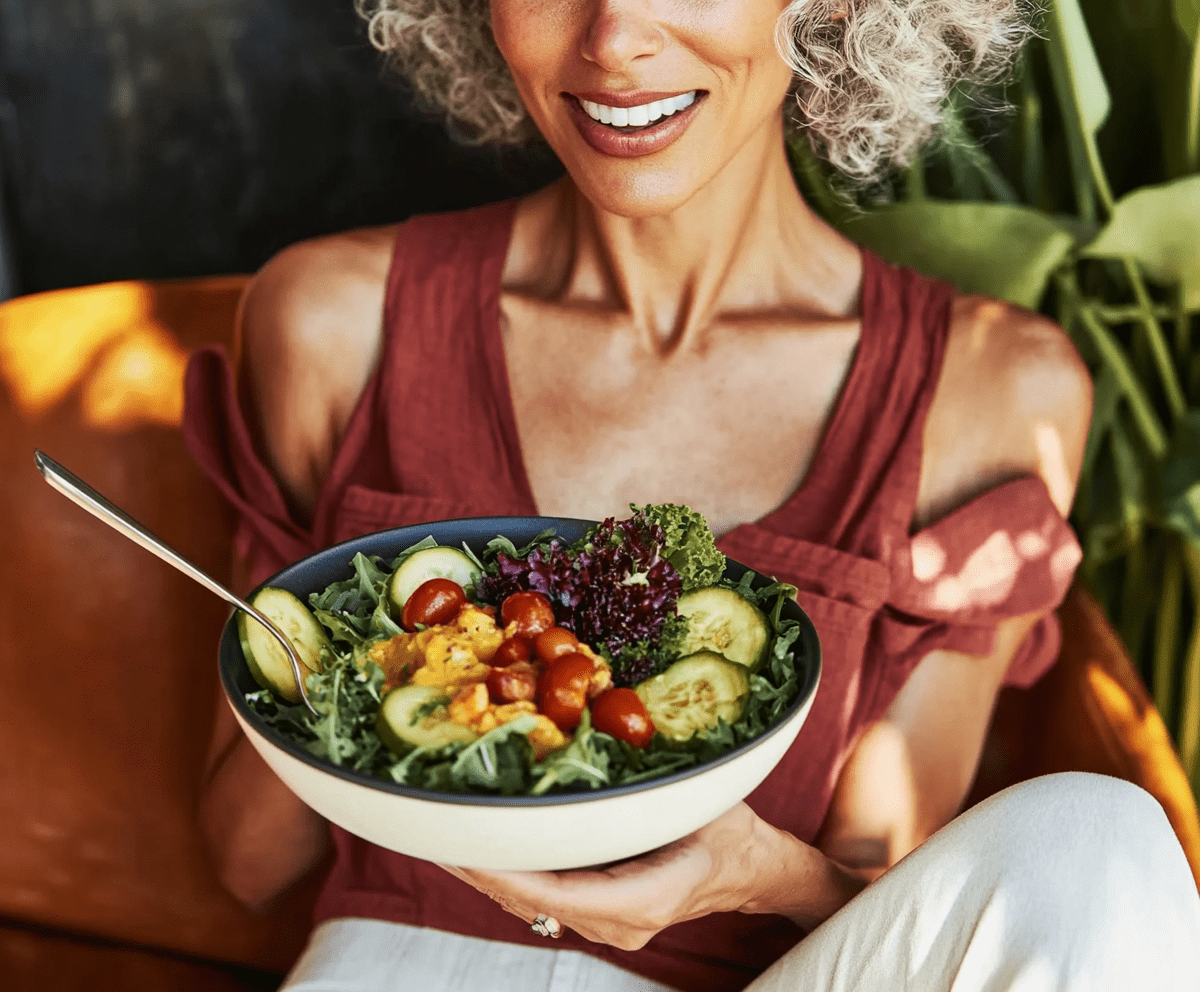Hot Flush Solutions: 5 Instant Relief Strategies
Beat the heat this spring with 5 strategies for instant hot flush relief. Learn the techniques that help you stay cool, calm and in control.

As spring temperatures rise, many women in perimenopause and menopause find themselves battling an unwelcome internal heatwave. If you've been caught off guard by sudden waves of heat that leave you flushed, sweating, and uncomfortable, you're not alone. Understanding the difference between various heat-related symptoms and having practical relief strategies at hand can transform how you navigate the warmer months ahead.
Understanding Your Heat Symptoms
Hot Flushes vs Night Sweats vs Heat Intolerance
While these terms are often used interchangeably, they're actually different:
Hot flushes are sudden waves of intense heat lasting 30 seconds to 10 minutes, often with flushing and sweating. They happen when hormonal changes affect your body's temperature control.
Night sweats are hot flushes that happen during sleep, sometimes severe enough to soak your bedding and disrupt your rest. Night sweats can significantly impact sleep quality and daytime functioning (Ciano et al., 2017).
Heat intolerance is when you struggle to cope with warm environments that others find comfortable. This ongoing sensitivity is different from the sudden episodes of hot flushes.
5 Instant Relief Techniques
-
The 4-7-8 Breathwork Technique
This simple breathing method can help regulate your nervous system and reduce hot flush intensity within moments. Studies have shown that slow, deep breathing can significantly reduce hot flush frequency and severity (Freedman & Roehrs, 2006).
How to practice:
- Breathe in through your nose for 4 counts
- Hold your breath for 7 counts
- Exhale completely through your mouth for 8 counts
- Repeat 3-4 times when you feel a hot flush coming
-
Strategic Acupressure Points
Traditional Chinese medicine identifies specific pressure points that may help cool the body quickly. Many women report relief from applying gentle pressure to:
- The inner wrist (Pericardium 6 point)
- The space between your thumb and index finger
- The base of your skull
Apply firm but gentle pressure for 30-60 seconds when symptoms begin.
-
Cooling Accessories System
Having the right tools on hand makes all the difference:
- Cooling scarves: Activate with water for hours of cooling relief
- Portable handheld fans: Discreet and effective for immediate air circulation
- Cooling facial mists: Keep in your bag for quick refreshment
- Ice packs: Strategically placed on pulse points for rapid cooling
-
Emergency Layering Method
The right clothing strategy can prevent and manage hot flushes effectively. Wearing breathable, natural fabrics significantly improves comfort during menopausal symptoms (Hunter & Mann, 2010).
Key layering principles:
- Choose natural fabrics like cotton, linen, or bamboo over synthetics
- Wear loose-fitting garments that allow air circulation
- Wear vest tops under cardigans rather than jumpers
- Keep a lightweight layer you can remove instantly
-
Workplace Quick-Fix Solutions
Managing hot flushes professionally requires discreet strategies:
- Position a small desktop fan near your workspace
- Keep a cold water bottle at your desk
- Use a breathable seat cushion
- Request temperature adjustments when possible
- Schedule important meetings during cooler parts of the day
Understanding Your Personal Triggers
Environmental Factors
Spring brings unique environmental challenges:
- Overheated rooms: As outdoor temperatures fluctuate, indoor heating may still be on
- Synthetic fabrics: Spring wardrobes often include synthetic blends that trap heat
- Increased stress: Seasonal changes and activities can elevate stress hormones
Lifestyle Habits That Matter
Certain habits can intensify hot flushes:
- Smoking: Significantly increases hot flush frequency and severity (Gallicchio et al., 2006)
- Poor sleep: Creates a vicious cycle where hot flushes disrupt sleep, and sleep deprivation worsens symptoms
- Dehydration: Even mild dehydration can trigger or worsen hot flushes
Practical Implementation
Create your personal hot flush emergency kit:
- Portable cooling accessories
- Change of lightweight clothing
- Facial mist and tissues
- Small towel
- Water bottle
Track your symptoms using a simple journal to identify patterns and triggers specific to your experience. Note the time, intensity, potential triggers, and which relief strategies worked best.
Conclusion
Managing hot flushes during spring doesn't require suffering in silence or avoiding activities you enjoy. By understanding the distinctions between different heat-related symptoms and having relief strategies readily available, you can navigate the warmer months with confidence. The combination of immediate relief techniques, strategic wardrobe choices, and awareness of your personal triggers creates a comprehensive approach to thermal comfort throughout your menopausal journey.
How Emsee Can Help
Want support on your menopause journey? Book a consultation with one of our experienced healthcare providers today. The first consultation with a doctor is gap-free and bulk-billed, which means no out of pocket cost to you. Choose a time that suits you via our booking portal here or call 1300 412 422 to speak to a member of our team.
Alternatively, answer a few questions about your health and lifestyle to get a free assessment report on your situation and discover if Emsee is the perfect match for you.
References
- Ciano, C., King, T. S., Wright, R. R., Perlis, M., & Sawyer, A. M. (2017). Longitudinal study of insomnia symptoms among women during perimenopause. Journal of Obstetric, Gynecologic & Neonatal Nursing, 46(6), 804-813.
- Freedman, R. R., & Roehrs, T. A. (2006). Sleep disturbance in menopause. Menopause, 14(5), 826-829.
- Gallicchio, L., Miller, S. R., Visvanathan, K., Lewis, L. M., Babus, J., Zacur, H., & Flaws, J. A. (2006). Cigarette smoking, estrogen levels, and hot flushes in midlife women. Maturitas, 53(2), 133-143.
- Hunter, M., & Mann, E. (2010). A cognitive model of menopausal hot flushes and night sweats. Journal of Psychosomatic Research, 69(5), 491-501.
This article is intended for informational purposes only and does not replace professional medical advice. Please consult with a healthcare provider for any specific symptoms or issues you might be experiencing.











